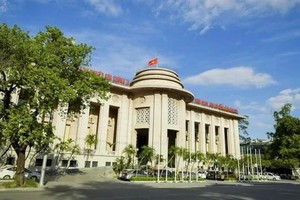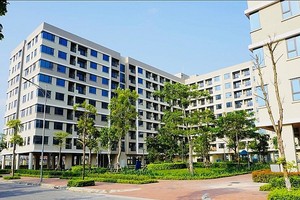The US dollar-dong exchange rate has stabilized since the central bank capped the saving rate on dollar deposits and increased the compulsory reserve ratio. The depositing rate of other foreign currencies, meanwhile, is in a contrast move.
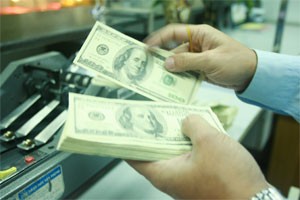
The Australian dollar surged 42 percent against the dong last year and the foreign exchange rate of the two currencies has moved up 15 percent so far this year.
Foreign-owned banks are offering high rates on the Australian dollar deposits compared with ones on other currencies, such as US dollar.
HSBC offered Australian-dollar depositors an interest rate of 5 percent per annum, while clients of Standard Chartered Bank gain saving rates, which range from 4.25 percent per annum to 5.2 percent per annum.
The saving rate for deposits held in other currencies including US dollar and EURO amounts to 0.2-3 percent per annum.
Local lenders, in contrast, focus on US dollar and EURO deposits only with an average saving rate of 3 percent per annum and just a few of banks offer interest rates on the Australian and Canadian dollars.
“The interest rate on the Australian dollar deposits of foreign banks worldwide remains high, with the overnight rate of 4.5 percent per annum, one-month rate of 4.95 percent per annum and one-year rate of 5.8 percent per annum,” said Le Quang Trung, deputy general director of Hanoi-based International Commercial Bank of Vietnam.
“Therefore the local interest rate on the Australian dollar deposits has had to follow the global trend. Domestic lenders are not eager for the Australian dollar deposits as the credit demand for the greenback reaches more than 80 percent.”
Financial experts said the increase in gold price boosted the Australian dollar as Australia is one of the world’s biggest gold exporters.
The central bank ordered lenders to set aside more dollars as reserves for the second time in less than two months, escalating the nation’s fight to steady the dong and quell the highest inflation in Asia.
The reserve-requirement ratio on US dollar deposits will rise by 1 percentage point to a range from 4 percent to 7 percent, effective this month, the State Bank of Vietnam said on its website last week, without specifying an exact date. It ordered state-owned firms to sell all the foreign currency they collect to banks from July 1.
Vietnam has urged less domestic use of dollars as it tries to steady the dong after devaluing the currency for the fourth time in 15 months on Feb. 11. Prime Minister Nguyen Tan Dung in February cut the credit-growth target and ordered a tighter monetary policy as he tries to tame inflation, revive confidence in the economy and prevent another credit-rating downgrade.
The monetary authority on April 9 boosted reserve-requirement ratios for dollar deposits by 2 percentage points, effective May. It has also capped interest rates payable on U.S. currency deposits at 1 percent to 3 percent.
The State Bank of Vietnam on May 17 increased its repurchase rate for the seven-day term to 15 percent from 14 percent, the sixth increase this year.
On April 29, it boosted its refinancing rate for the fifth time since the start of November to 14 percent from 13 percent, and lifted the discount rate to 13 percent from 12 percent. The increases in the refinancing and discount rates were effective May 1.
Inflation surged to a 29-month high of 19.78 percent in May, stoked by fuel and electricity prices. That’s the highest among 17 Asian economies tracked by Bloomberg.
Gross domestic product rose 5.43 percent in the three months through March from a year earlier, slowing from a 7.34 percent pace in the fourth quarter of 2010.
Fitch Ratings, Moody’s Investors Service and Standard & Poor’s cut the nation’s sovereign-debt rating in 2010 deeper into so-called junk status.

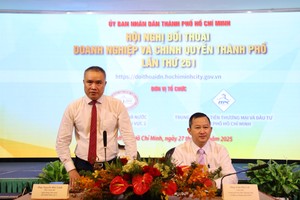









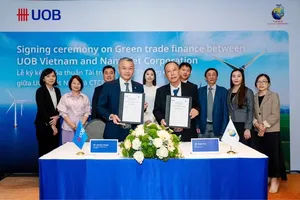

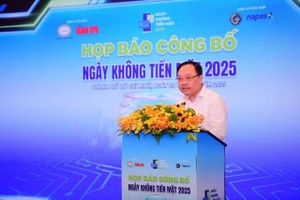
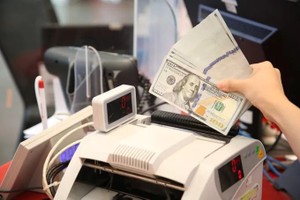

)
